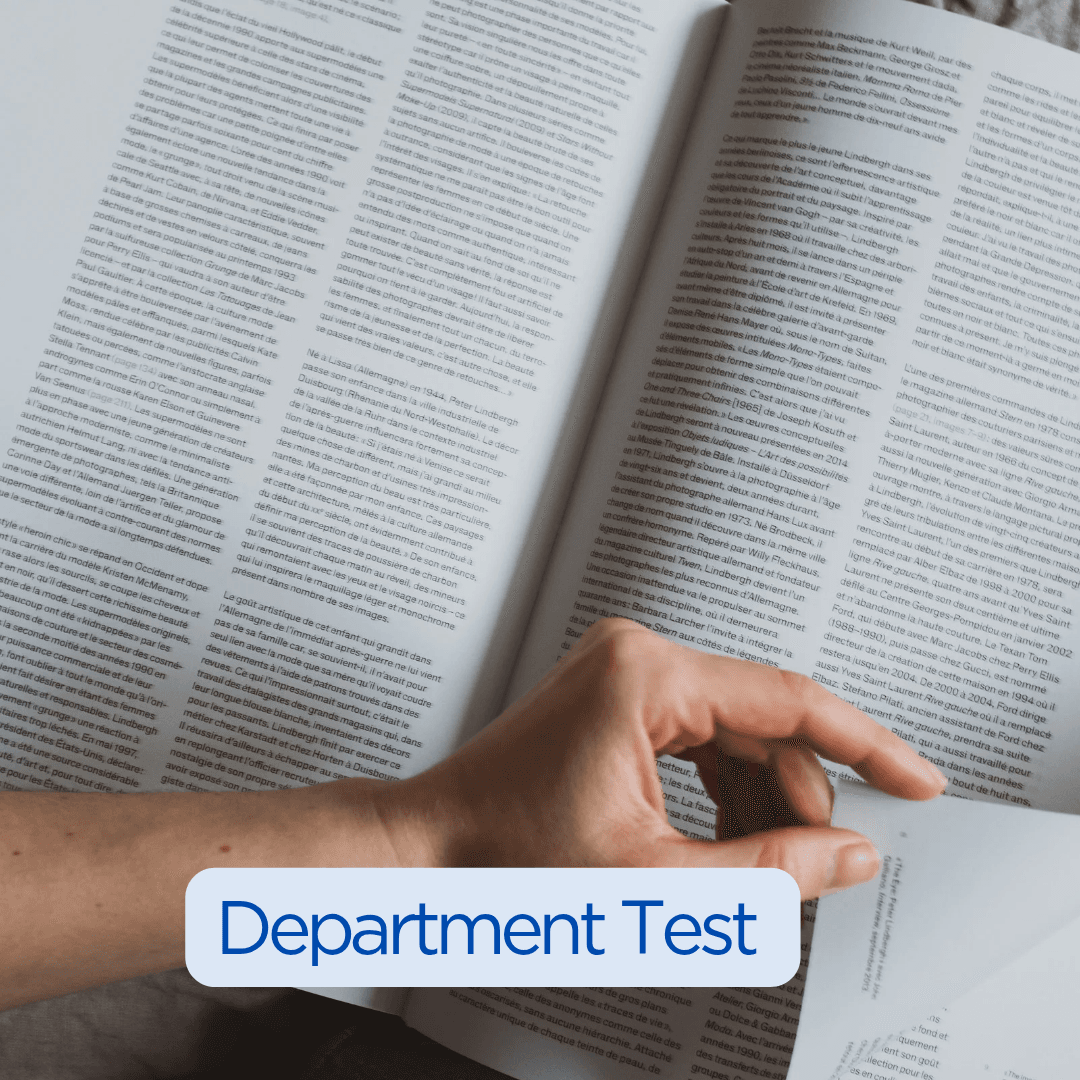CHAPTER 8: The Working of a Treasury

CHAPTER 8
The Working of a Treasury
108. Introductory. The Government of the Union and each State Govern-ment have their own rules to regulate the working of treasuries under their control. The procedure as described in this chapter will, however, give an idea how the treasury business is generally conducted.
109. Personnel. At places where the cash business of the treasury is not conducted by the Reserve Bank of India or its branches and agencies the personnel of a district treasury consists of-
(1) the Collector or Deputy Commissioner of the District;
(2) the Treasury Officer, generally a Deputy Collector;
(3) the Treasurer; and
(4) the Accountant.
There are also clerks, money testers, messengers, etc.
110. The Collector is in general charge of the treasury and is personally responsible for its general administration, for the correctness of its returns and the punctuality of their submission, and for the safe custody of the valu-ables it contains; but he takes no part in the daily routine of treasury busi-ness.
The Treasury Officer is (under the Collector) in immediate executive charge of the treasury.
111. Under these two officers the treasury is divided into two departments, that of cash, stamps and opium under the charge of a Treasurer, who always has to give security, and that of accounts incharge of the Accountant.
112. Building. -The treasury building contains a counter at which money is received and paid, and a strong room, guarded by an armed police guard, in which the valuable are secured under double locks, the key of one lock being held by the Treasury Officer as the Collector’s representative and that of the other by the Treasurer.
113. Opening of the Treasury. The procedure of opening the treasury for the day is usually as follows.
Both the Treasury Officer, and the Treasurer being present, the locks and seals of the gates of the strong room are made over intact by the guard and the room is opened, each official using his own key, and sufficient cash and notes to meet the probable demands of the day are taken out, made over to the Treasurer, and entered in his accounts. The strong room is then again double locked. Issues from the strong room to meet further demands during the day are similarly made. Stamps and opium are issued to the Treasurer from the double lock as required, subject to the general rule that the value of cash, notes, stamps and opium in the hands of the Treasurer at any time shall not exceed his security.
